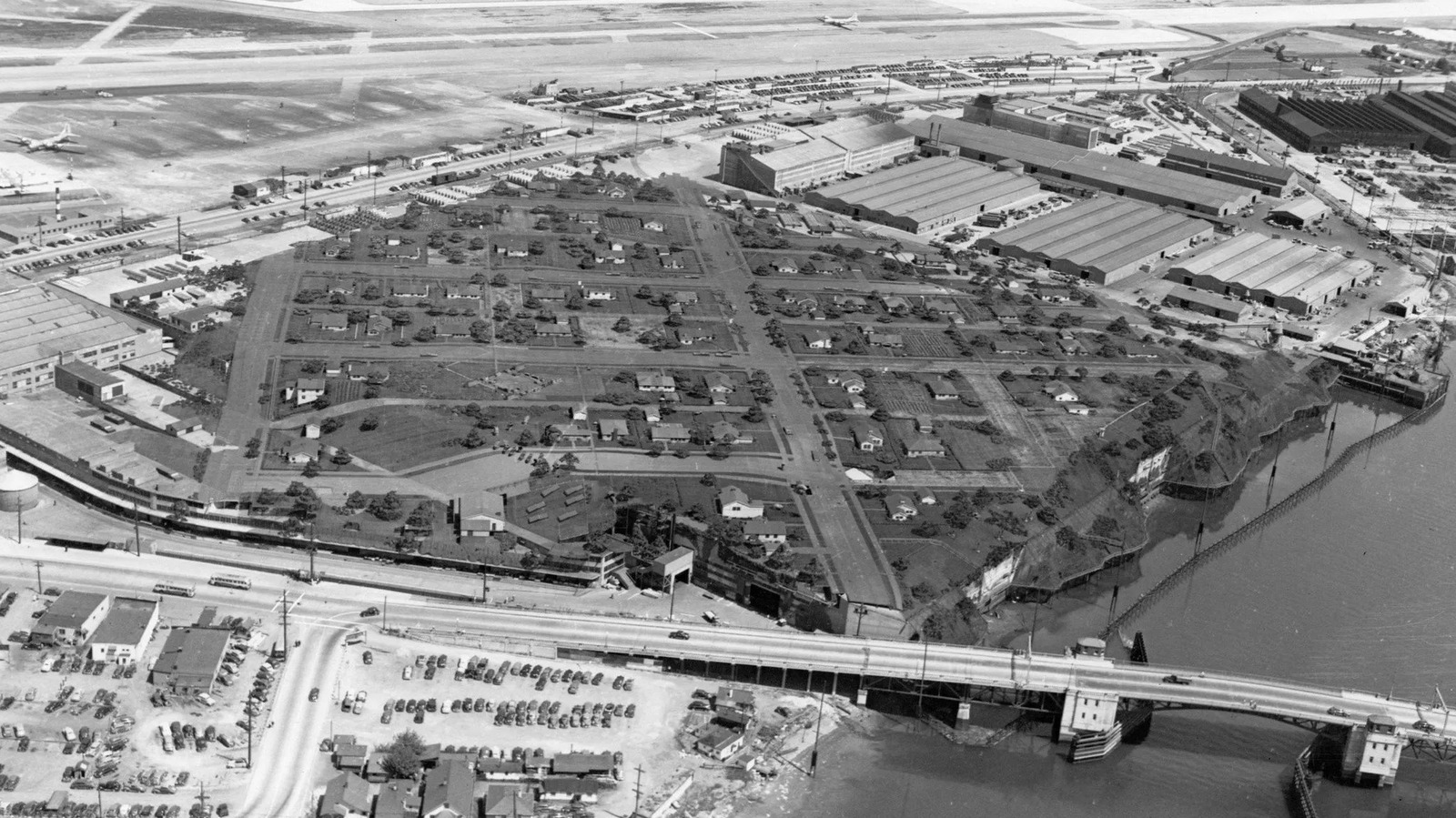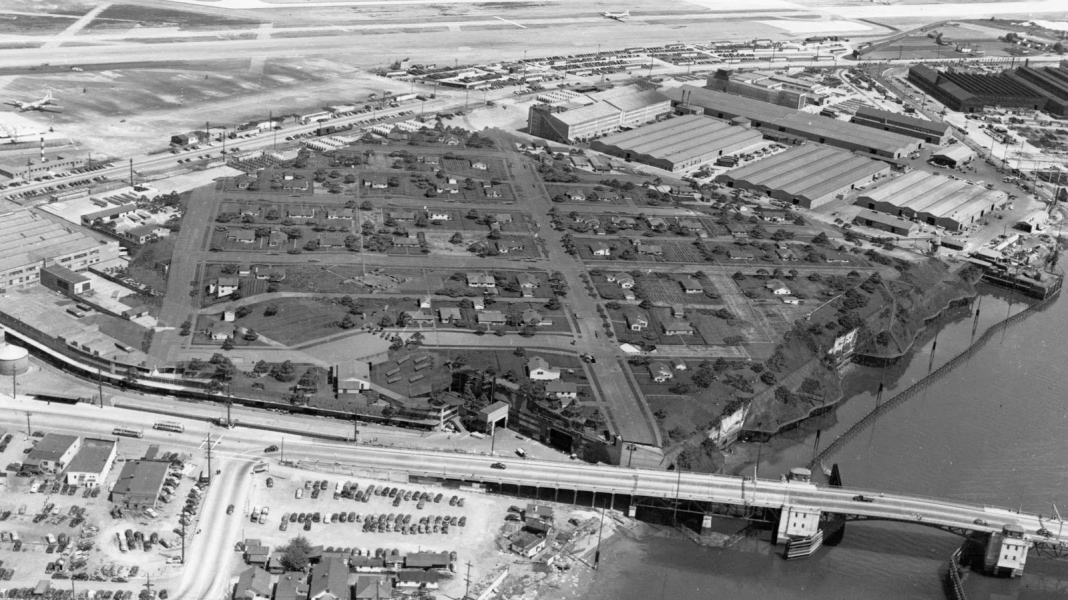How Did Boeing Hide a Massive Aircraft Factory in Plain Sight?
Imagine you’re flying over Seattle in the early 1940s. Below, you spot a sleepy suburb—tree-lined streets, neat little houses, even laundry fluttering on backyard clotheslines. But here’s the twist: none of it is real. Beneath that picture-perfect neighborhood lies one of the most important military production sites of World War II. Boeing’s Plant 2, the birthplace of thousands of B-17 Flying Fortress bombers, was hidden in plain sight thanks to a covert operation that’s as fascinating as any spy novel.
Why Was Hiding the Factory So Critical During WWII?
During World War II, the threat of enemy air raids on American soil was a real concern. Seattle, home to Boeing’s sprawling Plant 2, was a prime target. The factory was churning out bombers at a breakneck pace—by 1944, more than 350 B-17s rolled off the line each month. If enemy bombers spotted the plant, the consequences could have been devastating for the Allied war effort.
The U.S. military and Boeing engineers knew they needed to get creative. The solution? Camouflage on a scale never seen before. This wasn’t just about throwing a tarp over a few machines. The stakes were sky-high, and so was the ingenuity.
What Did the Fake Neighborhood Actually Look Like?
Boeing didn’t just slap some green paint on the roof and call it a day. They brought in Hollywood set designers and camouflage experts—yes, really—to create an entire fake suburb atop the factory roof. The result was stunning. Streets were painted onto the roof, complete with sidewalks and curbs. Wooden and canvas houses, garages, and even fake trees were strategically placed to mimic the look of a typical Seattle neighborhood.
To sell the illusion, they added tiny details: laundry lines, cars parked in driveways, and even fake shrubs. Workers would occasionally move the props around to simulate daily life. From the air, it looked like any other residential block. The only giveaway? If you looked closely, the cars never moved and the houses never changed owners.
How Did This Camouflage Hold Up Against Real Threats?
The big question: Did it work? According to declassified military records and firsthand accounts, the camouflage was remarkably effective. Reconnaissance photos taken from the air showed the factory blending seamlessly into the surrounding neighborhoods. There’s no evidence that enemy spies or pilots ever identified the plant from above.
This wasn’t just a one-off trick. The U.S. military adopted similar tactics at other critical sites, from shipyards to munitions factories. But Boeing’s fake suburb remains one of the most ambitious and successful examples of wartime camouflage in American history.
Who Were the People Behind This Ingenious Cover-Up?
Pulling off a ruse of this scale took a village—literally. Boeing collaborated with the U.S. Army Corps of Engineers and a team of Hollywood set designers, including John Stewart Detlie, who had worked on major motion pictures before the war. Their expertise in illusion and set construction proved invaluable.
Local workers were sworn to secrecy. Many had no idea what was happening above their heads as they assembled bombers below. The few who did know were proud to play a part in protecting their city and country.
What Lessons Can We Learn From Boeing’s Wartime Camouflage Today?
Boeing’s fake neighborhood isn’t just a quirky footnote in history—it’s a masterclass in creative problem-solving under pressure. The operation highlights the power of cross-disciplinary teamwork, blending military strategy, engineering, and Hollywood artistry. It also underscores the importance of adaptability. When the stakes are high, thinking outside the box (or, in this case, above the box) can be the difference between vulnerability and security.
The big takeaway? Camouflage isn’t about perfection—it’s about smarter adjustments. Start with one change this week, and you’ll likely spot the difference by month’s end. Sometimes, the best solutions are the ones hiding in plain sight.


